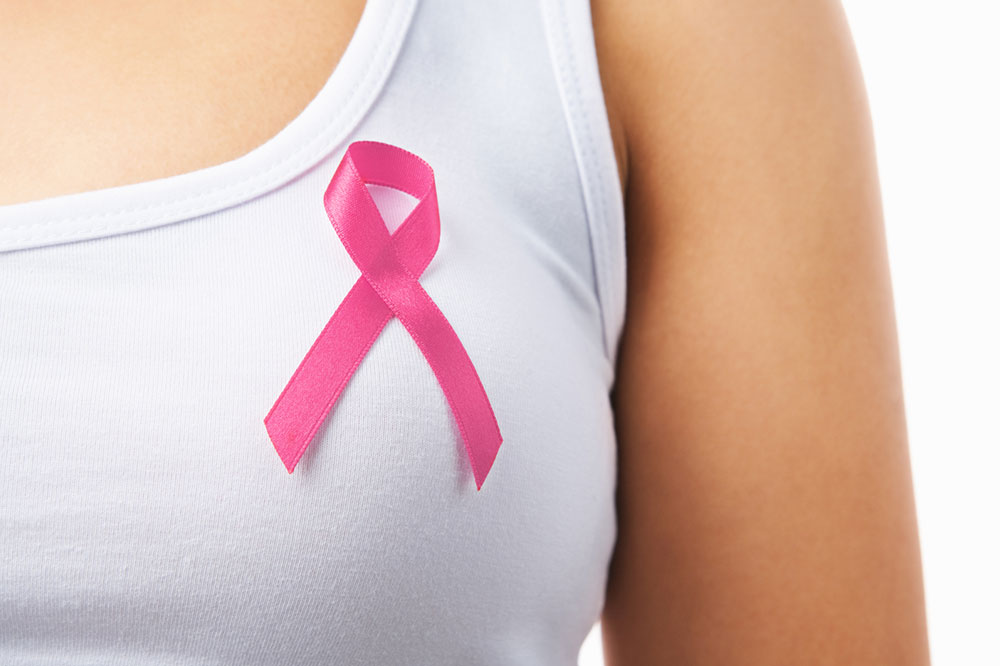
Stages and Early Symptoms for Breast Cancer
Breast cancer develops in the breast cells. In most cases, this cancer either occurs in the ducts or the lobules of the breast. For effective treatment, breast cancer has been categorized into different stages. A person may experience any symptoms during the early stages. It is important to clearly understand the stages and symptoms of breast cancer to seek suitable treatment.
1. Breast Cancer Symptoms
Among the breast cancer symptoms, a lump in the breast is the most common. However, not all lumps are cancer. Other symptoms include
- Breast pain
- Thickening of the breast tissues that feels different from the surrounding tissues
- Swelling in one or all parts of the breast
- Red, pitted skin
- Peeling or flaking of the skin around the nipples
- Inverted nipple
- Bloody discharge from the nipples
- Sudden change in the shape or appearance of the breasts
If one notices any of these symptoms, they must seek immediate professional help. A doctor with complete knowledge of the stages and symptoms of breast cancer can help with suitable diagnosis.
2. Breast Cancer Stages
The exact stage of breast cancer depends on factors like size of the tumor, areas to which it has spread, whether the cancer is invasive, and whether the lymph nodes are involved.
- Stage 0
This stage implies that the cancer cells are restricted to the breast ducts and have not spread to the surrounding tissues. - Stage 1
This stage has two parts:- Stage 1A
The tumor is 2 centimeters or less in size. The lymph nodes are unaffected. - Stage 1B
Cancer is detected in the nearby lymph nodes. The tumor is less than 2 centimeters in size or less.
- Stage 1A
- Stage 2
Just like stage 1, this stage has two parts:- Stage 2A
The tumor is less than 2 centimeters and has affected up to 3 lymph nodes. Alternatively, the tumor is between 2 and 5 centimeters and hasn’t reached the lymph nodes. - Stage 2B
In this part, the tumor is between 2 and 5 centimeters and has affected up to 3 axillary lymph nodes. Alternatively, the tumor is bigger than 5 centimeters and hasn’t reached the lymph nodes.
- Stage 2A
- Stage 3
Stage three has the following parts:- Stage 3A
The tumor has affected 4-9 axillary lymph nodes, and it can be of any size. Alternatively, the tumor is bigger than 5 centimeters in size and has affected up to 3 lymph nodes. - Stage 3B
Tumor has entered the chest wall and may or may not have affected up to 9 lymph nodes. - Stage 3C
Tumor is detected in over 10 axillary lymph nodes and the internal mammary nodes.
- Stage 3A
- Stage 4
In this stage, tumor size is variable. The cancer cells have spread to the surrounding as well as distant lymph nodes and other body organs.
A good doctor can help understand the stages and symptoms of breast cancer. One will also be informed about the necessary diagnostic tests to determine the most suitable treatment option.


